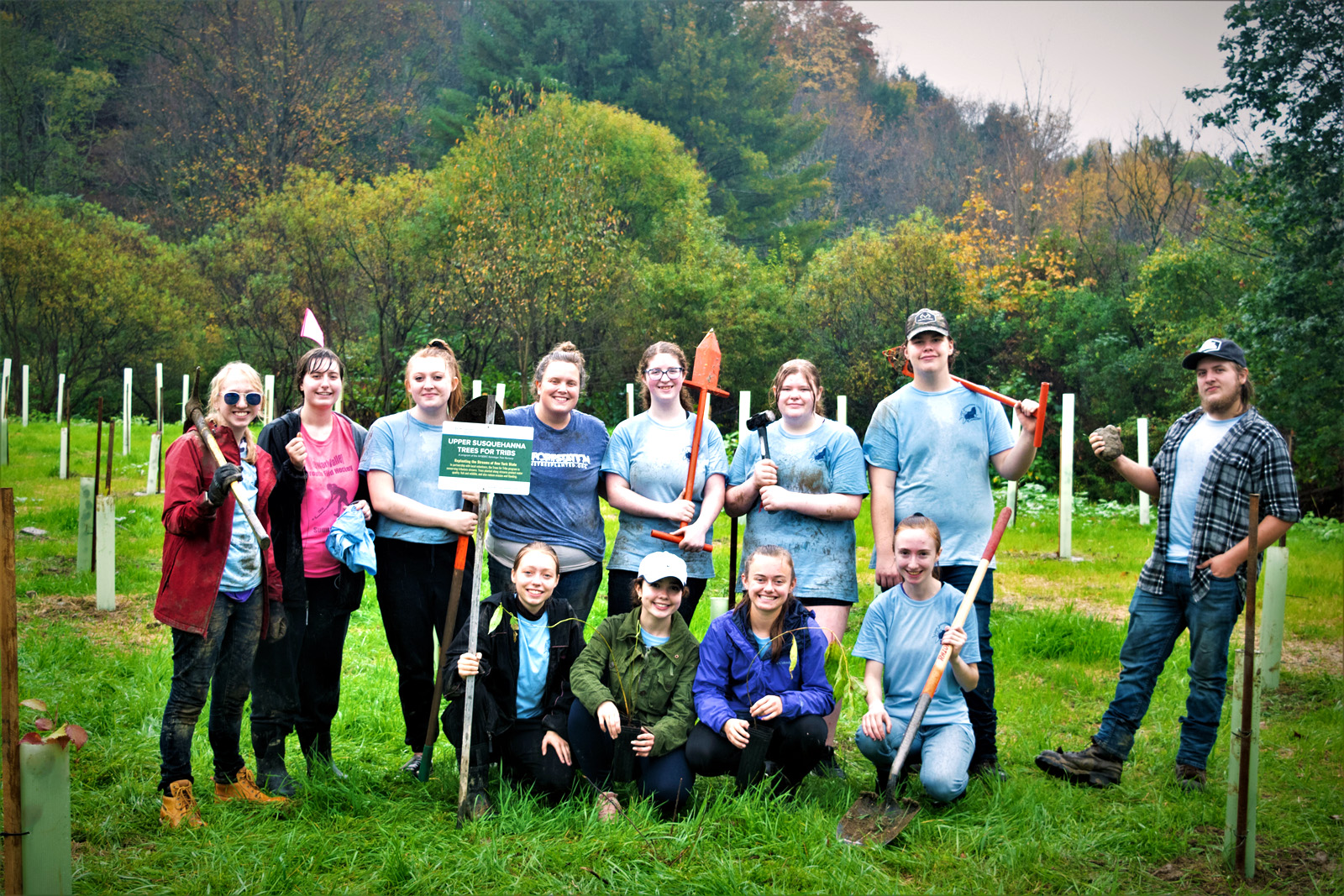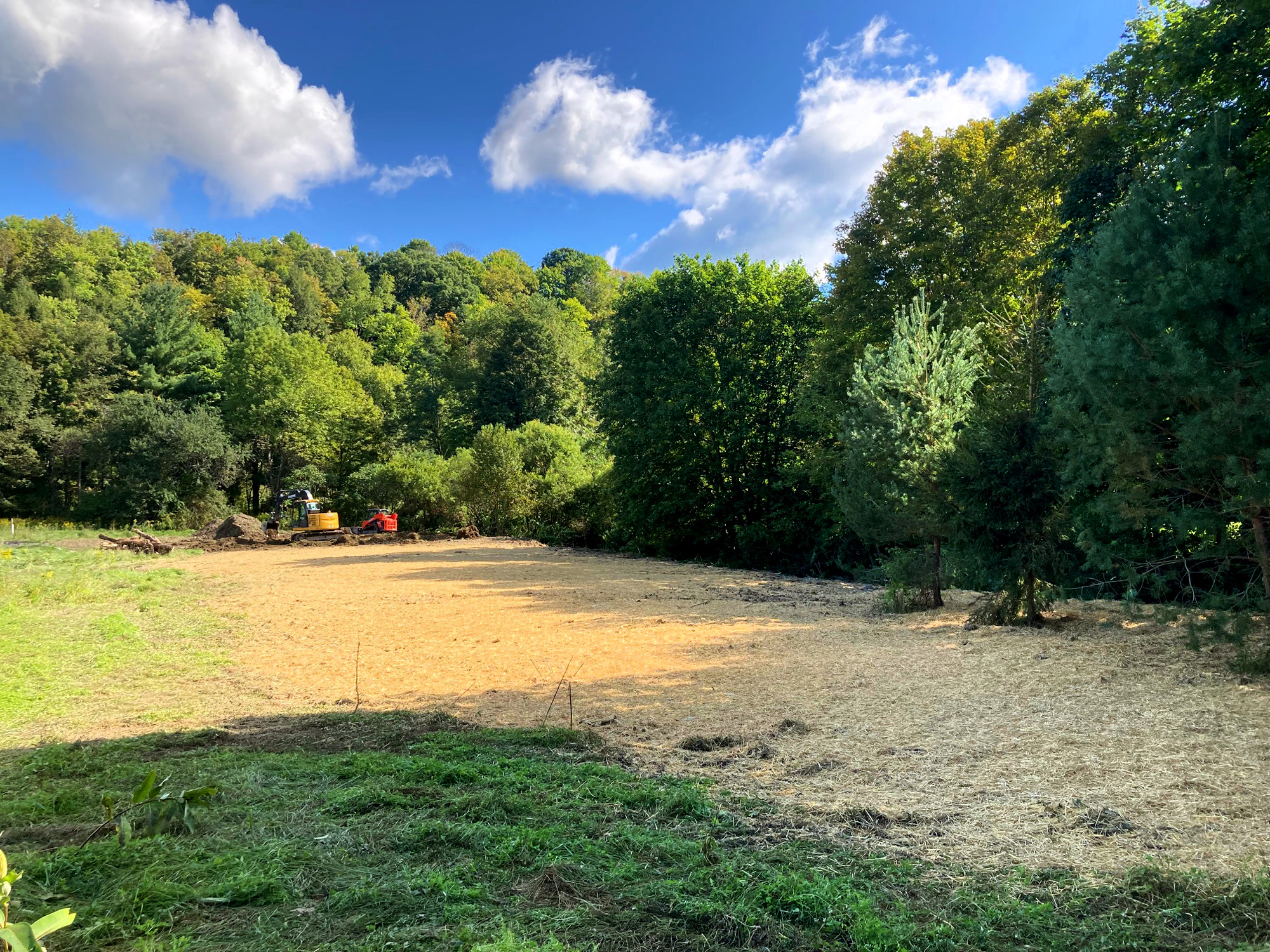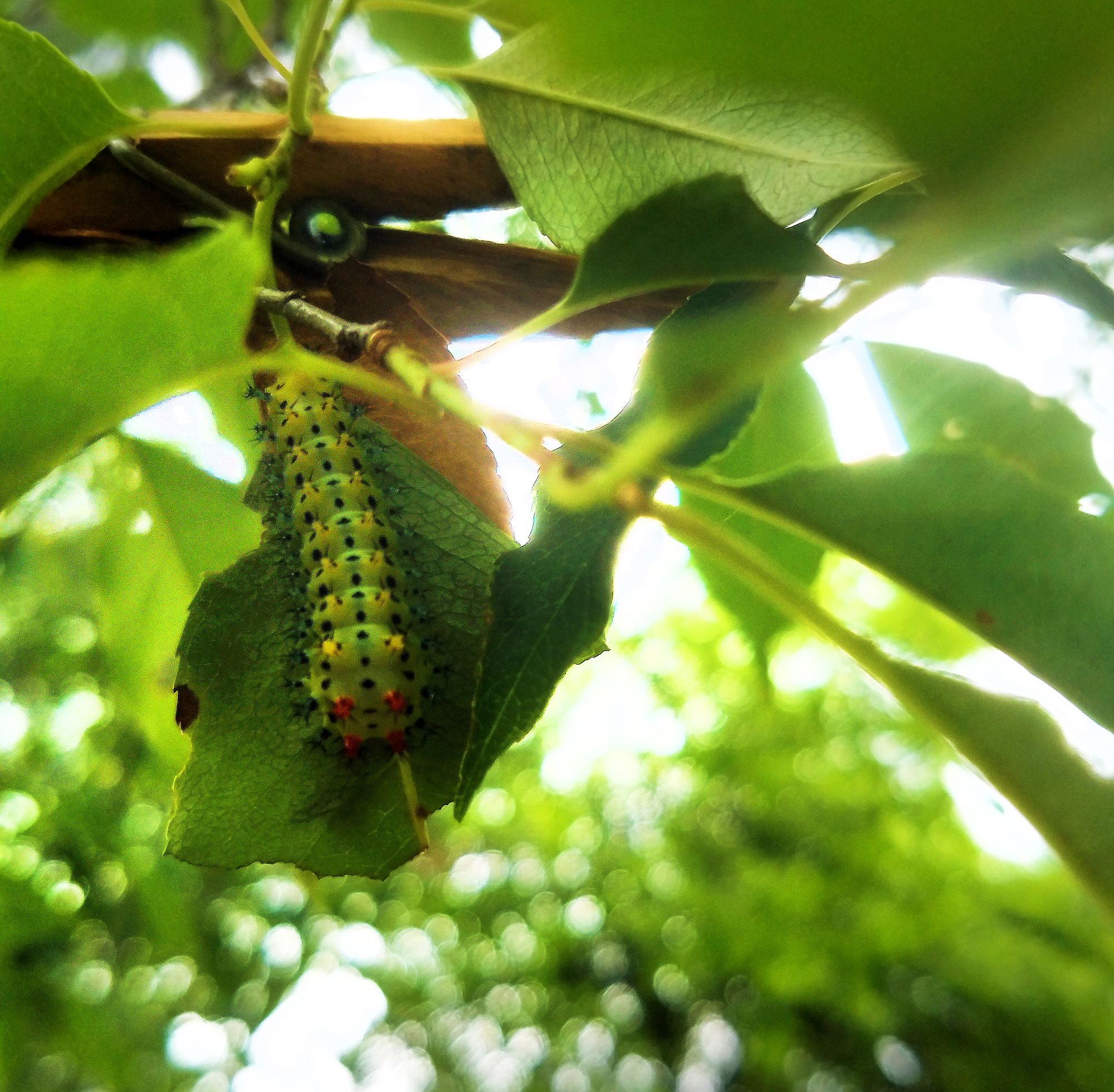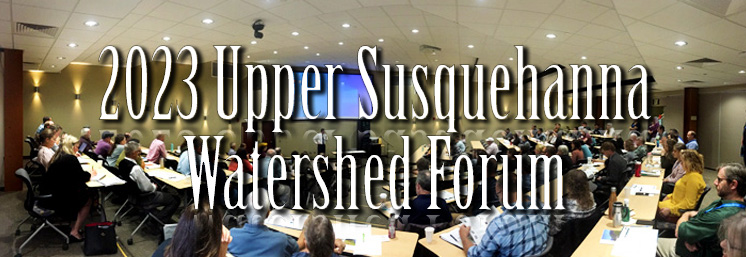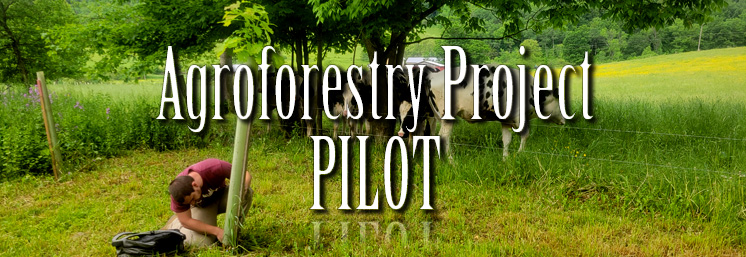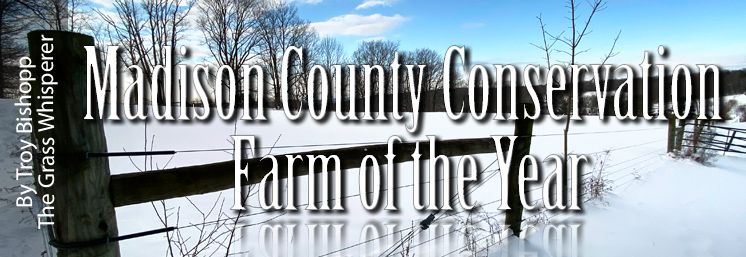By: Lydia Brinkley – Riparian Buffer Coordinator, Upper Susquehanna Coalition
Location: Broome County, NY
A small riparian restoration project along a tributary to Crocker Creek resulted in over 350’ of berm removal and adjacent floodplain reconnection. Crocker Creek flows from Tioga County to Broome County, eventually entering the Nanticoke Creek in Union Center. As usual many partners were involved in making the entire project happen. Once the berm removal was completed by the USC, Broome SWCD coordinated a volunteer planting event using the Trees for Tributaries Program for plants and materials. Newark Valley Honor Society students volunteered their time on a Saturday morning to get 160 plants in rocky ground.
The project began when the landowner, who is a Master Gardener in Tioga County and member of the Finger Lakes Native Plant Society, began working with the Upper Susquehanna Coalition Wetland Team to install wetland potholes in higher locations on her property to reduce overland flow contributing to the instability of Crocker Creek streambanks. Besides reducing overland flow, the wetland pools have reportedly attracted an abundance of wildlife with many frogs and green herons observed. Having a positive experience with that project, the landowner expressed interest in other conservation opportunities on her property with a special interest in riparian tree and shrub planting for habitat. Upon reviewing her property, a tributary to Crocker Creek was identified as disconnected to the floodplain and lacking native riparian vegetation.
For years, the landowner reports, the town would “clean out” the tributary downstream of the road culvert, straightening the channel and building berms. With more education, the town is no longer completing these clean out activities and so it was a good time to address the berms and reconnect the floodplain.
The landowner was keen to have pollinator species planted, with special consideration for Lepidoptera, or moths and butterflies, as this will add to the overall wildlife habitat value of her already diverse property. Currently, the landowner has helped to breed the cecropia moth, caterpillar pictured above, which is the largest moth in the Northeast! Plants such as swamp white oak, river birch, chokeberry, viburnums, dogwoods, and buttonbush provide food and habitat for moths and butterflies. We have high hopes that this landowner will care for her riparian area for years to come!
Project Details
DATE:
2021 Buffer Restoration Project
PROJECT TYPE:
Resources coordinated by USC Buffer Team in Partnership with Broome SWCD

